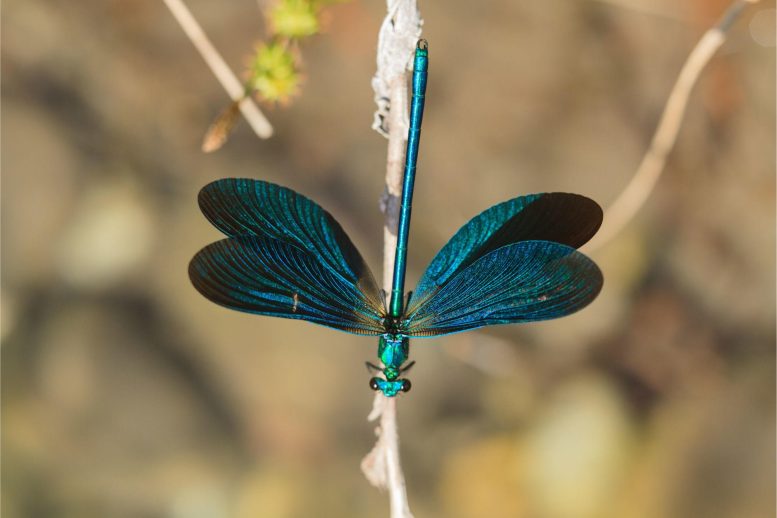
Lund University researchers have uncovered that the genetic color variation in female bluetail damselflies, including a male-mimicking form, originated over five million years ago. This finding deepens our understanding of genetic diversity and evolutionary processes in damselflies and sets the stage for further evolutionary studies.
For more than two decades, scientists at Lund University in Sweden have been studying the common bluetail damselfly, a species where females display three distinct color forms, including one that resembles males, offering protection from mating harassment. Recently, an international team of researchers discovered that this genetic color variation, common among multiple species, originated from alterations in a particular genomic region, dating back at least five million years.
The question of how and why genetic variation arises and is maintained over long periods of time is of key importance to evolutionary biology, population genetics, and conservation biology. In all populations of limited size, genetic variation is lost over time. It is therefore important to understand both the mechanisms that give rise to new genetic variation, and the mechanisms that act to maintain variation. This has significance both for conserving species and for the future evolutionary potential of populations to adapt to rapidly changing environments.
Findings from the New Study
In the new study published in Nature Ecology and Evolution, a research team mapped the extensive and striking color variation among the females of the bluetail damselfly (Ischnura elegans).
“In this damselfly species, there are three genetically determined color forms in the females, one of which makes them look like males. These male-like females have an advantage because they avoid excessive mating harassment from the males. Our study clarifies when, how and why this variation arose, and shows that this variation has been maintained over long evolutionary time periods through so-called balanced natural selection”, says Erik Svensson, biology professor at Lund University.
By sequencing the DNA of the three color forms of the bluetail damselfly and comparing it to the two color forms in its closely related tropical relative Ischnura senegalensis, the researchers were able to demonstrate that this genetic color variation in females arose at least five million years ago; through several different mutations in a specific genetic region on the damselfly’s thirteenth chromosome.
“The great color variation in insects fascinates the general public, and raises questions about the function of color signals and its evolutionary consequences for partner choice and conflicts between the sexes”, says Erik Svensson.
Future Research Directions
Having located the gene behind the female color variation, the researchers can now go further and identify different genotypes in the males, and in the aquatic larval stage of these insects. The males lack visible color forms, but the researchers plan to investigate whether the color gene affects other characteristics of the larvae and males, including survival and behaviors.
“We now have a good knowledge base for investigating the color variation over longer evolutionary time scales among other species of this damselfly genus, which occurs in Europe, Africa, Asia, Australia, North, and South America. These new genetic results help us understand both the evolutionary processes that take place within a species, and what happens over longer evolutionary macroevolutionary time scales of tens of millions of years and across several different species”, concludes Erik Svensson.
Reference: “The genomics and evolution of inter-sexual mimicry and female-limited polymorphisms in damselflies” by Beatriz Willink, Kalle Tunström, Sofie Nilén, Rayan Chikhi, Téo Lemane, Michihiko Takahashi, Yuma Takahashi, Erik I. Svensson and Christopher West Wheat, 6 November 2023, Nature Ecology & Evolution.
DOI: 10.1038/s41559-023-02243-1
>>> Read full article>>>
Copyright for syndicated content belongs to the linked Source : SciTechDaily – https://scitechdaily.com/scientists-have-finally-solved-the-damselfly-color-mystery/
















![[News] Japan Develops 10nm Nanoimprint Technology, with Potential to Tackle EUV Bottleneck – TrendForce](https://earth-news.info/wp-content/uploads/2025/12/329851-news-japan-develops-10nm-nanoimprint-technology-with-potential-to-tackle-euv-bottleneck-trendforce-360x180.jpg)














